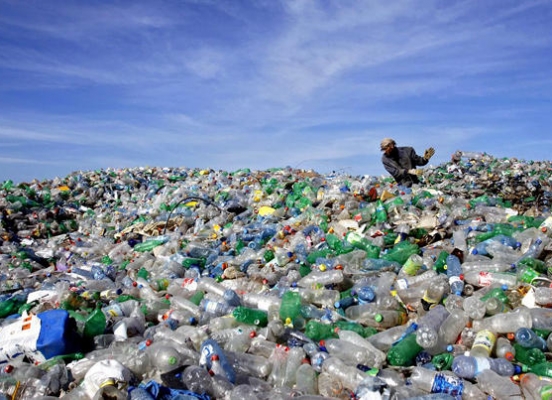Plastic Waste and It’s Management
Plastic seems all-pervasive and unavoidable. Since the 1960s our use of plastic has increased dramatically, and subsequently, the portion of our garbage that is made up of plastic has also increased from 1% of the total municipal solid waste stream (household garbage) to approximately 13% (US Environmental Protection Agency).
Plastic products range from things like containers and packaging (soft drink bottles, lids, shampoo bottles) to durable goods (think appliances, furniture, and cars) and non-durable goods including things from a plastic party tray to medical devices. Sometimes marked with a number and a chasing arrow, there is an illusion that all plastics are recyclable, and therefore recycled. But there are a number of problems with this assumption.
While the use and consumption of plastic are increasingly high, doubts about viable options for reuse, recycling, and disposal are also on the rise. Complications such as the increasing number of additives used to alter the strength, texture, flexibility, color, resistance to microbes, and other characteristics of plastics, make plastics less recyclable. Additionally, there is very little market value in some plastics, leading municipalities to landfill or incinerate plastics as waste. Based on figures from the EPA (2011 data) only 8% of plastic materials are recovered through recycling.
Another major concern about plastics in the waste stream is their longevity and whether or not they truly biodegrade. It is estimated that most plastics would take 500-1000 years to break down into organic components. Because of this longevity and the low rate of recycling, much of our plastic waste ends up in landfills or as litter. Some of this plastic waste makes its way via rivers and wind to the ocean. Garbage barges and the trans-continental transport of recyclable materials also lead to an increasing amount of plastics in our oceans and waterways.
Plastic waste, directly and indirectly, affects living organisms throughout the ecosystem, including an increasingly high impact on marine life at a macro and micro scale. According to the United Nations, almost 80% of marine debris is plastic. Policy enforcement remains weak, global manufacture of plastics continues to increase, and the quantity of plastic debris in the oceans, as well as on land, is likely to increase.
With the limited sustainable recovery of plastics, there is a growing global movement to reduce the generation of plastic. Certain types of plastic may be ’safer‘ for the environment than others, however, there are troubling issues associated with all of them, leading to the conclusion that action is needed to remove plastic waste, and stricter controls are required to limit new sources of plastic pollution.
Efforts such as light-weighting of packaging and shifts to compostable plastics are options. Many people use eco-friendly bags for the sake of green living. Policies limiting the use of plastics such as bottle bills and bag bans are other ways to decrease the production and consumption of plastics.
Mining the debris fields in our oceans and turning plastic waste into usable materials, from socks made of fishing line to fuel made from a variety of plastic debris, is one way to mitigate the current situation. You can do your part by using renewable cotton bags.
To know more, please check BioEnergy Consult.

